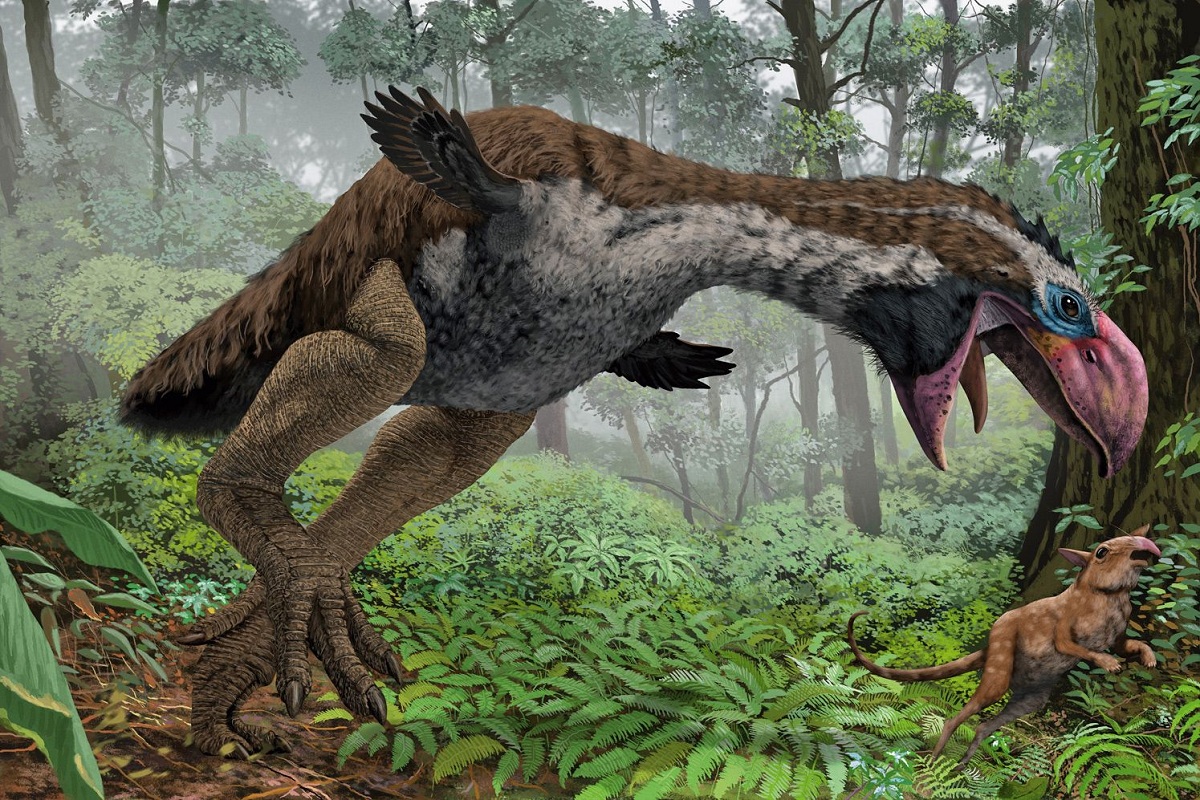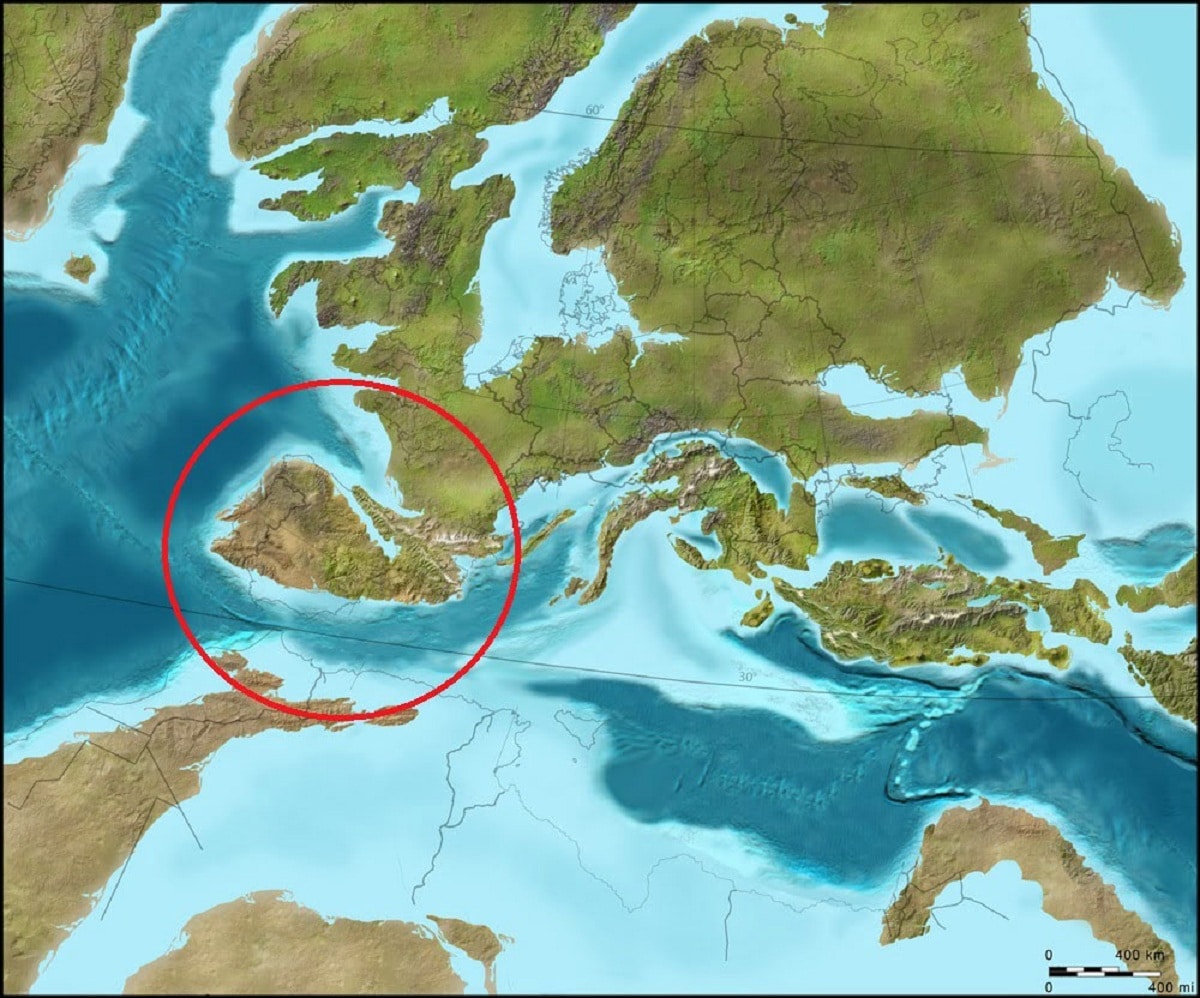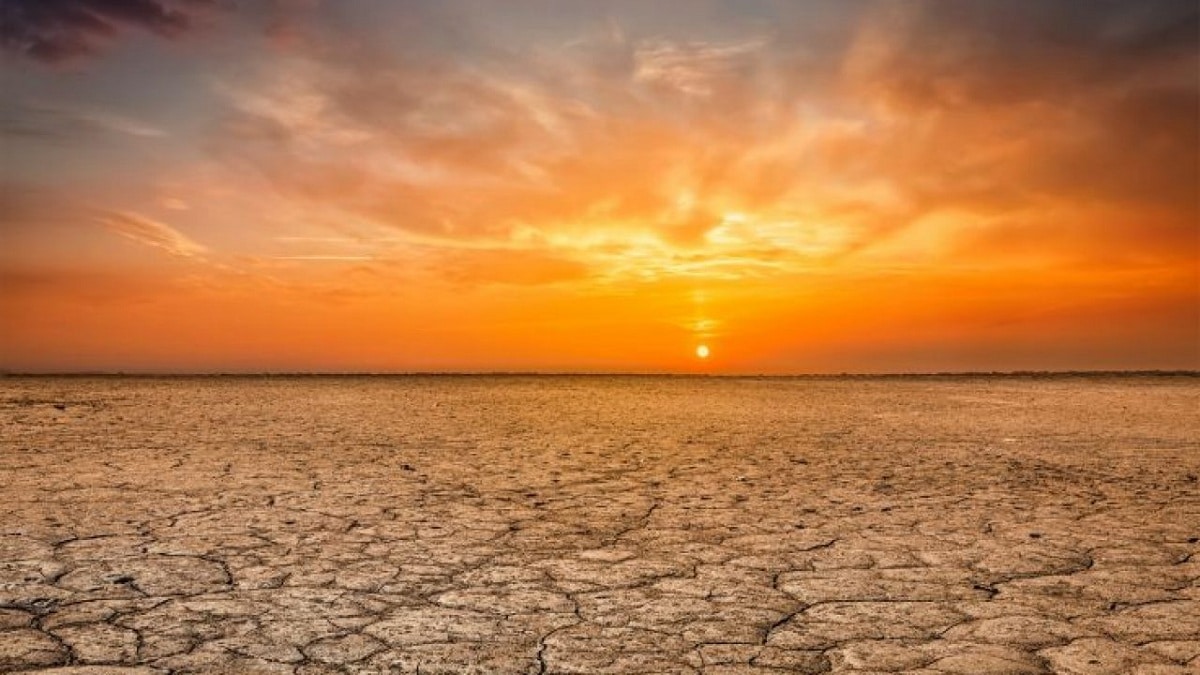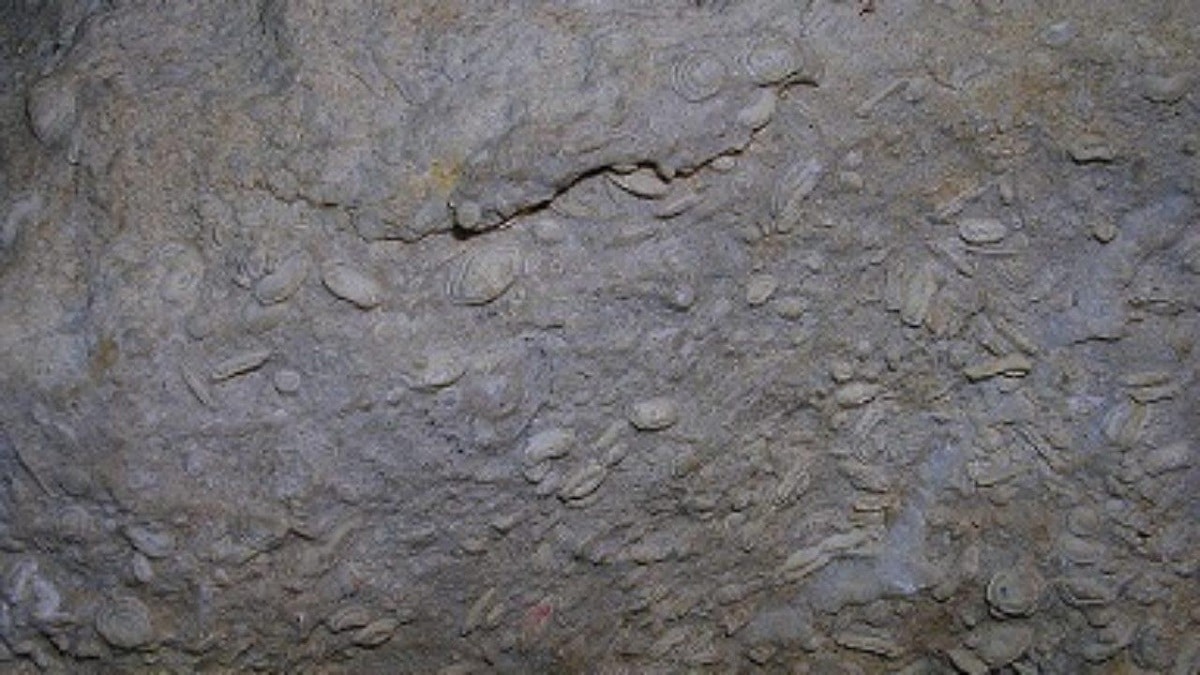
One of the eras that formed the Paleogene period of the era of Mesozoic is Eocene. This is one of the times with great changes from the geological and biological point of view. Throughout this period, large mountain ranges were formed as a result of the collision of large continental masses. These continental masses were moving thanks to the effect of continental drift.
Because of the importance of this time for the development of life, we are going to dedicate this post to explain everything you need to know about the Eocene.
Key features
Although it seems contradictory to what we mentioned at the beginning, it is a time of separation, since the super continent Pangea, which until now had been the only land mass, was separating in almost its entirety. Large species of flora and fauna evolved and diversified, including birds and some marine mammals.
The total duration of this epoch is approximately 23 million years, distributed in 4 ages. It is a time of change in which our planet underwent a large number of modifications from the geological point of view, the most striking being the one we have mentioned of the super continent Pangea, which diversified to form the continents that we know today. It was also a time full of great climatic events with great significance such as the Azolla event.
Eocene Geology

During this time our planet experienced high geological activity that resulted in the fragmentation of Pangea. The northern part known as Laurasia was widely fragmented and led to the separation of what is known today like Greenland, Europe and North America. Each of these fragments of the Pangea continent was moving due to continental drift until it was placed in the position it has today.
A piece of Africa, known as the Indian subcontinent collided with the Asian continent. This is what is known today as the Arabian Peninsula. It is important that at the beginning of the Pliocene epoch there are some fragments of the Pangea that were still united. However, thanks to the effect of continental drift both pieces were separated. On the one hand, Antarctica was moving south and occupied the position it currently has. On the other hand, Australia shifted a bit north.
Regarding bodies of water, there were also changes in ocean currents without seas due to the movement of these large land masses. On the one hand, The Tetis Sea ended up disappearing thanks to the rapprochement that existed between the African continent and Eurasia. The opposite happened with the Atlantic Ocean. In this case, this ocean was widening and gaining more and more ground thanks to the displacement that North America had in a westerly direction. The Pacific Ocean remained the deepest and largest ocean on the planet as it is today.
Regarding the Eocene orogeny, we find that it was a time with high geological activity in which a large number of mountain ranges were formed that remain today. In the collision that we have mentioned between what is currently India with the Asian continent, it is the one that formed the mountain chain that has the highest peaks in the world known as the Cordillera del Himalayas. North America also had an important orogenic activity in which it gave rise to the formation of the mountains Appalachians.
Eocene Climate

The climatic conditions during the Pliocene epoch were quite stable. At the beginning of this period, a somewhat higher ambient temperature of about 7-8 degrees on average. This increase was only experienced during the beginning. At this time it was known as the Paleocene thermal maximum. At the end of the Eocene, another event happened that greatly modified the environmental conditions that existed. That event is called Azolla.
The increase in temperatures at the beginning of the Pliocene took place about 55 million years ago. During this process, there was hardly any ice on the planet. In places where frozen places exist today, there were temperate forest ecosystems. In addition, it is believed that the increase in global temperatures were emissions of carbon dioxide into the atmosphere due to high volcanic activity.
All these environmental conditions were stabilizing with the passage of time and the climate reigned as higher temperatures and little rainfall. However, with the passage of time these conditions seemed to stabilize and the precipitations returned to abound. Because of these the planet's climate it became humid and warm, remaining throughout much of the Eocene.
In the middle of the Eocene this climatic event that we have called Azolla took place. This is a decrease in temperatures as a consequence of the decrease in atmospheric concentrations of carbon dioxide. These conditions led to the uncontrolled proliferation of a species of the fern called Azolla folliculoides, hence the name of this event.
Flora and fauna

The environmental conditions of the planet allowed a good development of diverse species, both animals and plants. Throughout the Eocene epoch there was a great abundance and diversity of living beings thanks to the humid and warm climate.
Regarding the flora, there were quite noticeable changes thanks to the climatic conditions. There was an abundance of jungles and forests and little evidence of poles due to the higher temperatures. The only ecosystems in which there were at least a number of plants were those desert ecosystems.
As for the fauna, the groups of animals were greatly diversified, especially birds and mammals. The birds were very successful thanks to the favorable environmental conditions and some of these species were fierce predators and two groups of living beings. There were groups of birds that were characterized by a large size that has been corroborated thanks to the existence of fossil records.
I hope that with this information you can learn more about the Eocene epoch.
Thank you very much for this post ... very clear ... I loved it